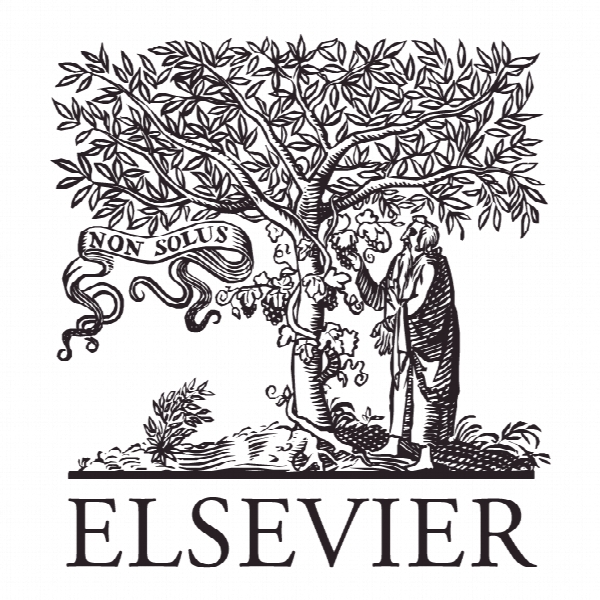ایده های خلاقیت: جذب کاربران عادی در مرحله ایده ای از توسعه محصول جدید Crowdsourcing ideas: Involving ordinary users in the ideation phase of new product development
- نوع فایل : کتاب
- زبان : انگلیسی
- ناشر : Elsevier
- چاپ و سال / کشور: 2017
توضیحات
رشته های مرتبط مدیریت
مجله سیاست تحقیق – Research Policy
دانشگاه مطالعات نوآوری، موسسه توسعه پایدار کوپرنیک، اوترخت، هلند
نشریه نشریه الزویر
مجله سیاست تحقیق – Research Policy
دانشگاه مطالعات نوآوری، موسسه توسعه پایدار کوپرنیک، اوترخت، هلند
نشریه نشریه الزویر
Description
1. Introduction Despite the existing research to improve the understanding of new product development and advances made in this area, the failure rate of newly introduced products is still as high as about 40 per cent (Castellion and Markham, 2013). One major problem is to anticipate what the (potential) consumers actually need, i.e. which products they are actually willing to buy. Therefore, knowledge about consumer preferences can importantly contribute to distinguishing product success from product failure. Research on the so-called Front End of Innovation (FEI) has shown that companies can benefit substantially ifthey effectively manage and improve the early stages of the new product development (NPD)1 process (e.g. Khurana and Rosenthal, 1998; Reinertsen, 1999; Verworn, 2009). Within the FEI, the most important stages for successful innovation are typically referred to as the ideation phase, where the generation, screening and selection of creative and commercially valuable ∗ Corresponding author. Tel.: +31 30 253 7462. E-mail addresses: b.schemmann@uu.nl (B. Schemmann), a.m.herrmann@uu.nl (A.M. Herrmann), m.m.h.chappin@uu.nl (M.M.H. Chappin), g.j.heimeriks@uu.nl (G.J. Heimeriks). 1 In this paper, the term ‘product’ refers to both manufactured products and service products. ideas take place. One way to reduce the risks and uncertainties related to consumer behaviour has been found in a strong user perspective and a deep understanding of user needs during the FEI in general and the ideation phase in particular (Flint, 2002; Kim and Wilemon, 2002; Lüthje and Herstatt, 2004). Different ways in which users can play an active role in NPD have been emphasized by innovation research over the last 30 years. Ranging from von Hippel’s Customer Active Paradigm (von Hippel, 1978a) and customers as a potential source of innovation in Chesbrough’s Open Innovation Paradigm (Chesbrough, 2006) to numerous studies which show that some users actively innovate for their own needs in open source software and other user communities, this literature illustrates how users can be a valuable and active resource within the innovation process in general and for NPD in particular. More recently online idea crowdsourcing for NPD has become very popular among companies in different industries. According to Howe (2006) “crowdsourcing is the act of taking a job traditionally performed by a designated agent (usually an employee) and outsourcing it to an undefined, generally large group of people in the form of an open call”. Therefore, crowdsourcing can be used not only for idea generation but for a whole range of tasks. Earlier examples and studies have already highlighted how organizations can potentially benefit from the use of crowdsourcing for different purposes (Kleemann et al., 2008; Brabham, 2009; Poetz and Schreier, 2012). Hoping to gain direct access to the crowd’s knowledge concerning user needs to generate concrete ideas for new products and using the crowd’s expertise to solve problems, companies have increasingly made use of crowdsourcing (for an overview see for example Bonabeau, 2009; Haller et al., 2011).


